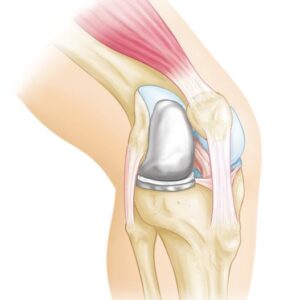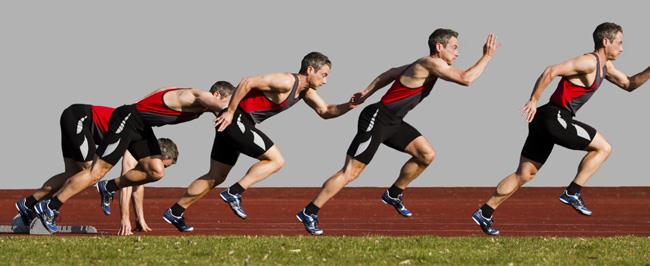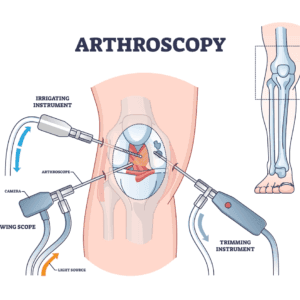Surgical Lines in Total Knee Arthroplasty (TKA)
Information for professionals knee.1. Anterior Femoral Cut (Line 1) Purpose: This cut defines the position of the anterior flange of the femoral component, which is essential for smooth movement of the patellofemoral joint. It prevents abnormal pressure or friction between the femoral component and anterior soft tissues. Complications of Incorrect Cuts: Over-resection: Leads









